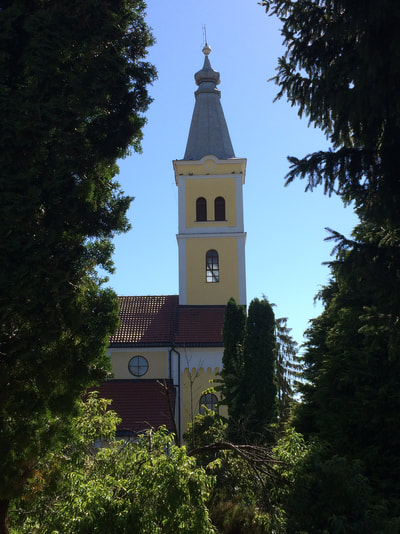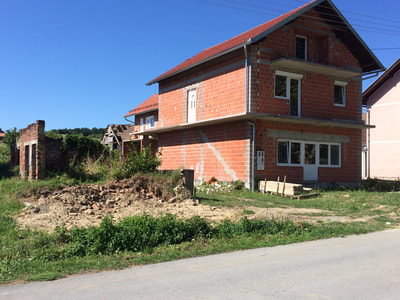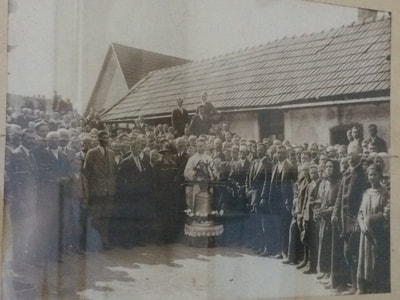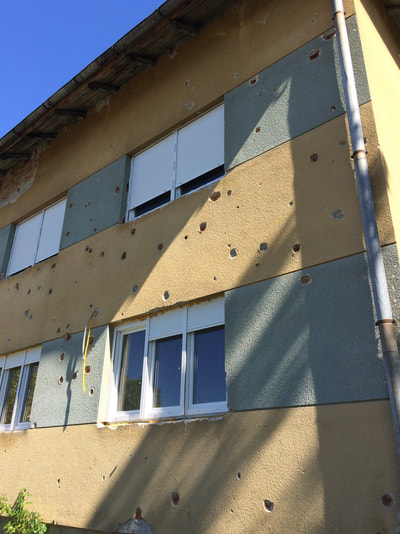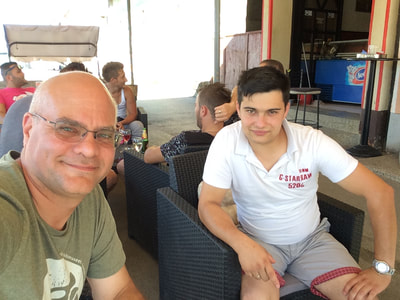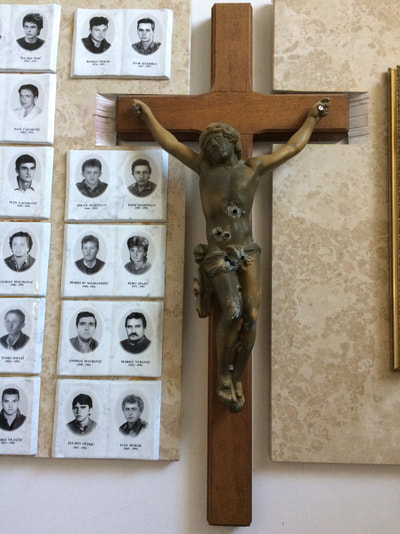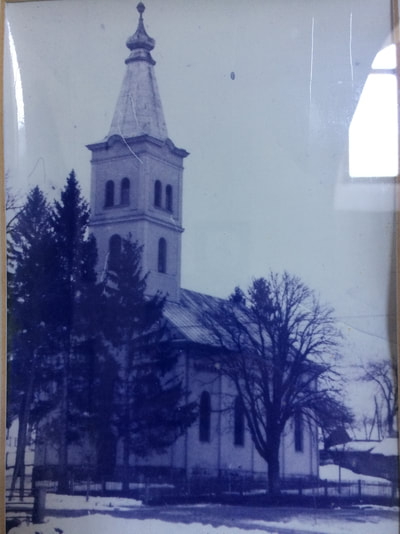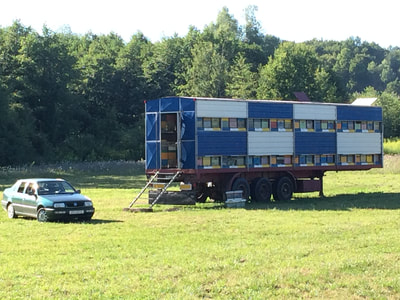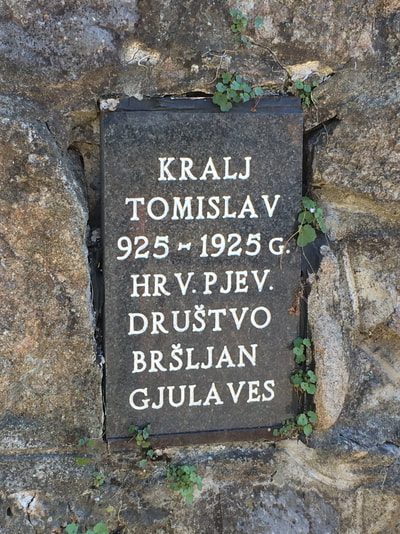Dulavac, Croatia (Google can't find Dulavac under this spelling so I used the nearest town called Katinac a bit south of Dulavac)
The town of Dulavac was formerly know as Miokovicevo and prior to that it was called Gjulaves.
Although Dulavac seemed much more economically disadvantaged and continue to show many evidences of destruction from the war with Serbia, it appears much more vibrant with activity and young families moving in the area from mostly Kosovo and rebuilding homes. It is because of this more vibrant and youthful community that it is much easier to find someone who speaks English no matter how small the town.
Were our family members who moved to Dulavac ethnic Germans? If so they came to this area of Croatia, starting about 1860. Most of these people came to Croatia from Hungary or from an area in Europe that is now in the Czech Republic. The Hungarian ethnic Germans can be traced back to the mid 1700 in various church books. No filmed church records have been found for the Czech Republic.
Were our family members who moved to Dulavac ethnic Germans? If so they came to this area of Croatia, starting about 1860. Most of these people came to Croatia from Hungary or from an area in Europe that is now in the Czech Republic. The Hungarian ethnic Germans can be traced back to the mid 1700 in various church books. No filmed church records have been found for the Czech Republic.
Very little development took place in Slavonia...
...In 1843 Germans from Veszprem County in Hungary settled Neu Zoljani.
To a large extent Slavonia remained a wilderness. The Swabian villages of Hungary and the Batschka were overcrowded. The government in Vienna Austria set the stage for a new settlement movement.
The Regulation and Decree was issued by the Emperor on December 31 1858 and was addressed to Hungary, Croatia, Slavonia,the Serbian Vojvodina, the Banat, and Transylvania with a renewed call for agricultural settlement and development. Some of the regulations included: homes for 50 families or more, all members of the community must be of one nationality regardless of origin, and of one religion.
The results of the new settlement decree was not very successful in Croatia and Slavonia. Only 10 German settlements were established in response to it. Three were established in 1866. They were Blagorodovac, Eichendorf-Hrastovac, and Antunovac. The settlers came from Baranya, Tolna, and Somogy Counties in Hungary. In the same year there were settlements established in Sokolovac, Miokovicevo, and Dobrovac.
The land involved was heavily forested wilderness and the main task of the colonist was clearing the land.
Source:
http://www.dvhh.org/history/1800s/Swabians-Syrmia-Slavonia~VOberkersch~HFischer.htm
...In 1843 Germans from Veszprem County in Hungary settled Neu Zoljani.
To a large extent Slavonia remained a wilderness. The Swabian villages of Hungary and the Batschka were overcrowded. The government in Vienna Austria set the stage for a new settlement movement.
The Regulation and Decree was issued by the Emperor on December 31 1858 and was addressed to Hungary, Croatia, Slavonia,the Serbian Vojvodina, the Banat, and Transylvania with a renewed call for agricultural settlement and development. Some of the regulations included: homes for 50 families or more, all members of the community must be of one nationality regardless of origin, and of one religion.
The results of the new settlement decree was not very successful in Croatia and Slavonia. Only 10 German settlements were established in response to it. Three were established in 1866. They were Blagorodovac, Eichendorf-Hrastovac, and Antunovac. The settlers came from Baranya, Tolna, and Somogy Counties in Hungary. In the same year there were settlements established in Sokolovac, Miokovicevo, and Dobrovac.
The land involved was heavily forested wilderness and the main task of the colonist was clearing the land.
Source:
http://www.dvhh.org/history/1800s/Swabians-Syrmia-Slavonia~VOberkersch~HFischer.htm
